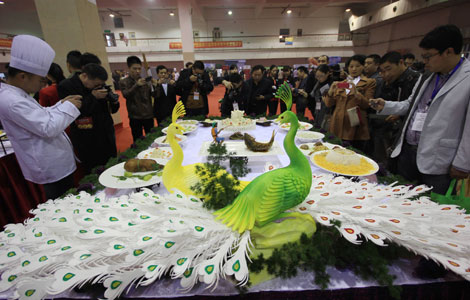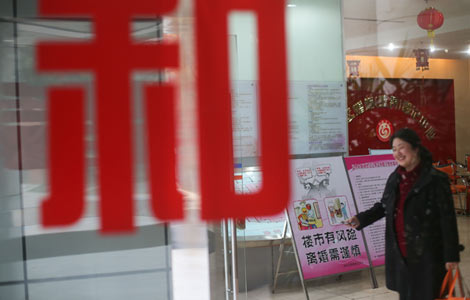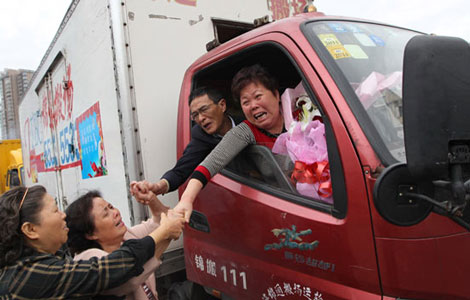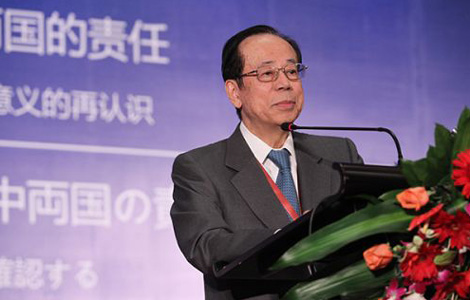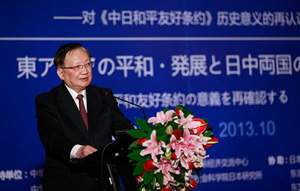Science has bigger say in GM food
Updated: 2013-10-29 07:18
By Shenggen Fan (China Daily)
|
||||||||
A recent book by the International Food Policy Research Institute looked at past impact studies and found that GM crops in developing countries were associated with economic advantages for adopting smallholder farmers by reducing pest damage and insecticide use and increasing yields.
On average, the impact was larger in developing countries than developed countries, but profits varied widely across and within countries. What does this mean for food security? For example, evidence from South Africa shows that the yield advantage of planting GM maize (compared to conventional varieties) results in approximately 36 more days of maize meal for small-scale farmers annually because farmers did not have to purchase (more expensive) store-bought maize.
GM crops present a promising opportunity to meet global food demand in a sustainable manner. In order to take advantage of this opportunity, GM technologies need to be developed in an environment that focuses on biosafety regulations, smallholder farmers, and communication.
Biosafety regulations are needed to ensure that activities surrounding agricultural biotechnologies are socially and environmentally responsible, maximizing benefits and minimizing potential risks. A well-balanced and transparent regulatory system should strike a balance between promoting innovation and ensuring the safety of consumers and the environment. Developing countries need to build their capacity to design and implement policy and regulatory frameworks alongside monitoring and evaluation systems. This must be done without regulatory uncertainties, delays, and excessive restrictions, all of which act as barriers to innovative technological developments.
The public and private sector need to work together to increase investments in agricultural research and development with a focus on GM technologies that have low adoption barriers and are suitable for smallholder farmers. A majority of the developing world's food is produced on half of a billion small farms (less than 2 hectares). China is home to a large portion of these small farms (193 million); in fact, 95 percent of all farms in China are smaller than 2 hectares. Institutional innovations are required to promote the use of these new technologies among smallholders, including financial (for example, mobile phone-based payment services and financial/non-financial service bundles) and extension services, risk management mechanisms (for example, weather-based index insurance), and institutional arrangements (for example, collective branding and producer cooperatives).
Researchers and policymakers should also improve their communication strategy vis-a-vis the general public, encouraging participation and debate among stakeholders. The results of M&E activities should be effectively communicated with consumers through a variety of accessible platforms in a transparent manner to create an enabling environment for the development and dissemination of GM foods. This deliberate approach to encourage participation and debate should cover all stages of the decision- making process, from product research and development to product approval and introduction.
Going forward, no technological innovation should be excluded in the search for solutions to feed more than 9 billion people by 2050, provided that it is grounded in a transparent system of checks and balance that respects the well-being of consumers and producers (especially smallholder farmers) alongside the environment.
The author is director general of International Food Policy Research Institute.
Most Viewed
Editor's Picks

|

|
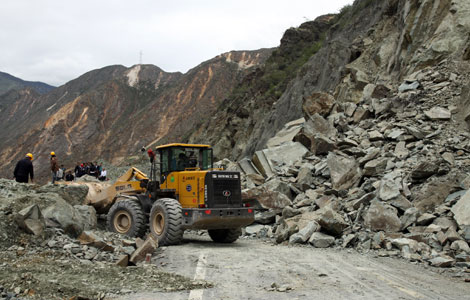
|

|

|
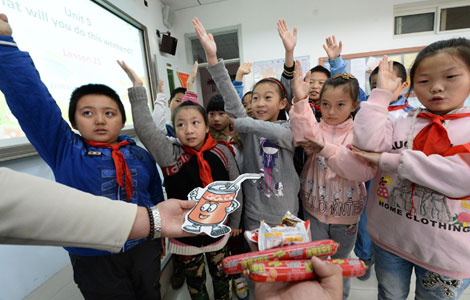
|
Today's Top News
Beckham picks Miami for MLS franchise
UN urges end of US embargo on Cuba
IMAX: Coming to a home near you
SUNY recruits students in China
NSA denies reports on US spying in Europe
US approves chemical probes against China
China and the US can learn from each other
Experts detail risks to growth
US Weekly

|

|

